Worcestershire property for sale
Worcestershire and Herefordshire offer fantastic value, very pretty countryside and attractive period properties
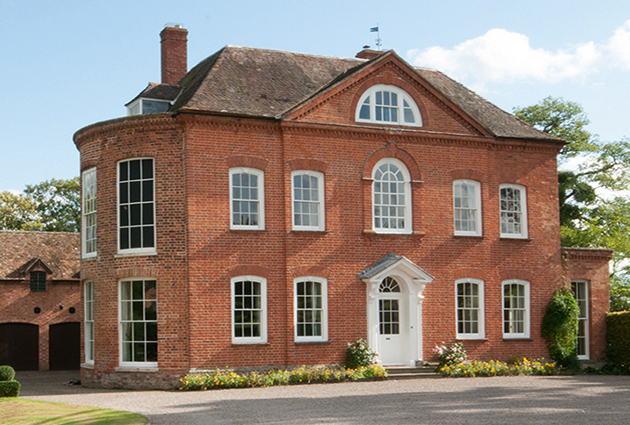

The western counties of England are famously known for being among ‘the quietest places under the sun’, but with the upper end of the country-house market still firmly stuck in first gear, estate agents in Worcestershire and Herefordshire are hoping for a change of pace in 2016.
Certainly, a recent flutter— if not a flurry—of interesting sales in both counties suggests that next year may see the big wagons rolling again in the West. It’s been quite like old times for Will Kerton of Knight Frank in Worcester (01905 746883), who went ‘live’ with the launch of The Eades at Upton-upon- Severn, in the foothills of the Malverns, 10 miles from Worcester, at a guide price of £1.25 million on October 23. After 29 viewings in 10 days, the substantial, early- 19th-century house, set in 15 acres of gardens, pasture and orchards and previously owned by the Morgan family of sports-car fame, went under offer on November 11.
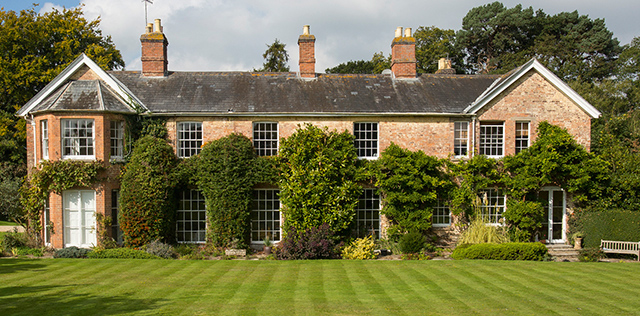
‘Many of the prospective purchasers had been looking to buy in the Cotswolds, Wiltshire, Dorset or Somerset, but reckoned that the realistic asking price of The Eades represented incredibly good value for money, which made this part of the country well worth looking at,’ comments Mr Kerton.
Also under offer, at a guide price of £3.5m through Savills in Cheltenham (01242 548000), is Woodmanton Manor at Clifton-upon-Teme, a restored Grade II*-listed manor house with adjoining traditional buildings, including a hop kiln and 21 loose boxes, set within a working 300-acre farm. Woodmanton stands close to the village of Clifton-upon-Teme, within the sought-after Teme Valley triangle, bounded by Tenbury Wells, Bromyard and Worcester.
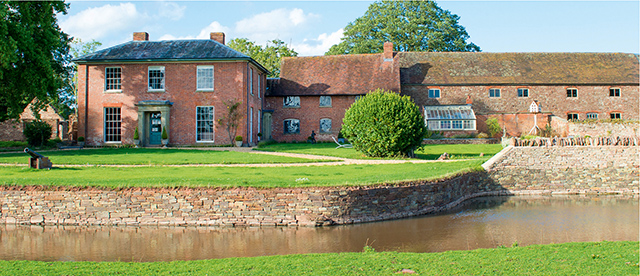
Those familiar with the works of J. R. R. Tolkien will know that The Shire of The Lord of the Rings, described as an ‘idyllic and fruitful land beloved by its inhabitants’, was based on Worcestershire, Tolkien’s mother’s home county. Now, Christian Swaab and his Cheltenham colleagues have identified a favourite new ‘shire’ of their own, which they call ‘Ledburyshire’, where they’re currently seeing ‘some good sales and plenty of interest’. Starting about 10 to 15 miles south of Woodmanton, ‘Ledburyshire’ tracks south of the Malvern Hills to Ledbury, across to Much Marcle and as far as Herefordshire’s coarse-fishing lakes.
Key to the popularity of the area, says Mr Swaab, are its proximity to the main regional road network (M50, M5, A417 and A38) and to useful railway stations at Ledbury, Gloucester, Cheltenham and Worcester; the excellent value for money it offers in terms of property prices, with most homes valued at £200 to £250 per square foot, compared with £1,000 per square foot in popular parts of central London; its wide choice of preparatory and senior schools within easy driving distance; and its glorious countryside.
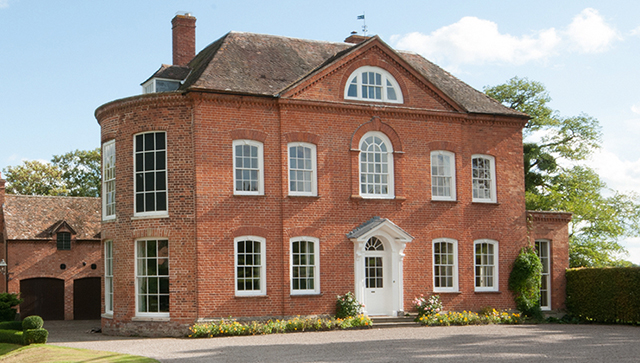
Mr Swaab has just had contracts exchanged on Grade II-listed The Old Rectory at Redmarley D’Abitot, six miles from Ledbury, at a guide price of £1.75m. The imposing, eight-bedroom former rectory, with its classic Queen Anne façade dating from 1713, was offered with a converted two-storey coach house and 21 acres of formal gardens, orchards and paddocks.
Sign up for the Country Life Newsletter
Exquisite houses, the beauty of Nature, and how to get the most from your life, straight to your inbox.
‘There are definitely buyers out there, but they are extremely fussy and are usually very specific about the area they want to buy in. They are prepared to pay top dollar for a house that is absolutely right, but they won’t look at anything they think is overpriced,’ says Andrew Leschallas of Andrew Grant Country Homes in Worcester (01905 734735), whose remit also covers prime country areas of Herefordshire. He quotes a guide price of £1.5m for elegant, Georgian Frome Manor on the edge of the village of Bishops Frome in the beautiful Frome Valley, on the Herefordshire/Worcestershire border, eight miles from Ledbury and nine miles from Malvern.
In 1086, the manor, one of 20 in Herefordshire, was held by the Bishop of Hereford and, although Frome Manor isn’t the original manor house, it is part of a group of fine country houses scattered around this thriving village. Agriculture has always been the mainstay of life in the Frome Valley and hops and cider apples are still widely grown; wine drinkers are catered for by the nearby Frome Valley Vineyard.
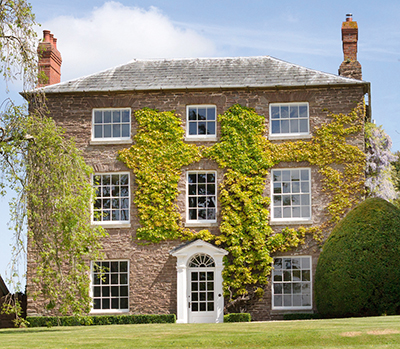
With several cider companies and small breweries still operating in and around Bishops Frome, it’s easy to see how this dreamy area can claim to be the heart of ‘Merry England’. Frome Manor, listed Grade II, stands in some 2.7 acres of gardens, grounds and orchard, on high ground overlooking the rolling Herefordshire countryside.
Care has been taken to retain the Georgian features—large sash windows, polished oak floors, open fireplaces and high ceilings—that create such a feeling of space and light throughout the house, which has 4,500sq ft of living space on three floors, including three fine reception rooms, six/seven bedrooms and four bathrooms. A former oast house, currently home to a swimming pool, a party area and a gym, has planning consent for conversion to further accommodation.
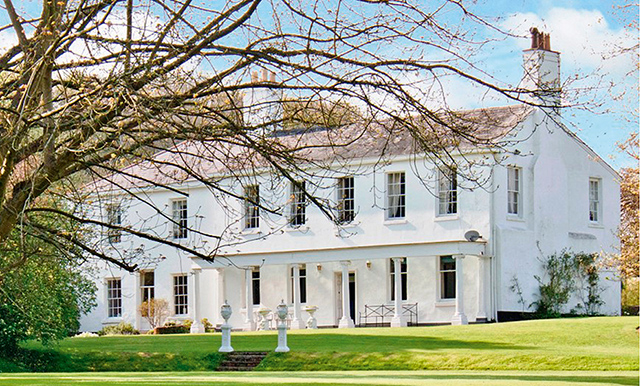
Back on the Worcestershire side of the border, Grade II-listed Alfrick Court on the edge of Alfrick village, six miles from Great Malvern and seven miles from Worcester, is another fine Georgian house, this one with Knight Frank (01905 723438) at a guide price of £1.8m. Approached through a graveled courtyard flanked by traditional redbrick barns, the late-Georgian Court, set in 10 acres of lovely gardens and paddocks, has three main reception rooms, a kitchen/breakfast room, six bedrooms and three bathrooms.
It comes with a converted three-bedroom coach house, a Victorian stable building with five boxes and a two-bedroom flat, and a barn courtyard with two modern stable blocks and an all-weather manège.
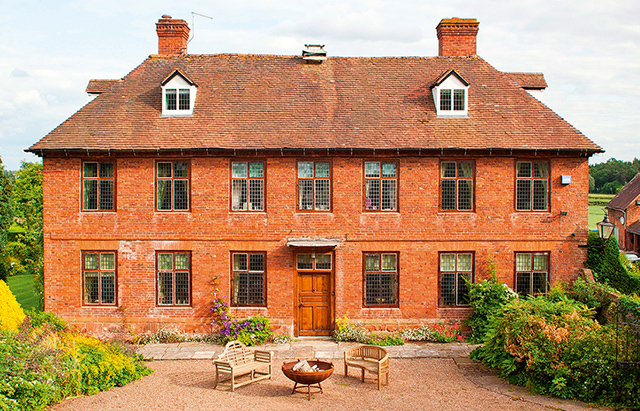
Knight Frank are also handling the sale of historic Wichenford Court on the edge of the Teme Valley, two miles from the village of Martley and six miles from Worcester, at a guide price of £2.35m. The gracious, Grade II*-listed William-and-Mary country house is set in 6.4 acres of well-maintained gardens and grounds at the end of a long private drive. The house has accommodation on three floors, including four reception rooms, five bedroom suites, two further bedrooms and two bathrooms.
The original Wichenford Court, formerly a moated farmhouse listed in Domesday, was home to 10 generations of the Washbourne family.
Between 1712 and 1720, the then owner, Edward Skinner, had the house re-modelled and it was further improved in the 1970s, and by the present owners, during the past 10 years. The dovecote—historically a mark of its owner’s importance— is one of the largest of its type in England and is now owned by the National Trust.
-
 What's a 'wellness village' and will it tempt you back into the office?
What's a 'wellness village' and will it tempt you back into the office?The team behind London's first mixed-use ‘wellness village’ says it has the magic formula for tempting workers back into offices.
By Annunciata Elwes Published
-
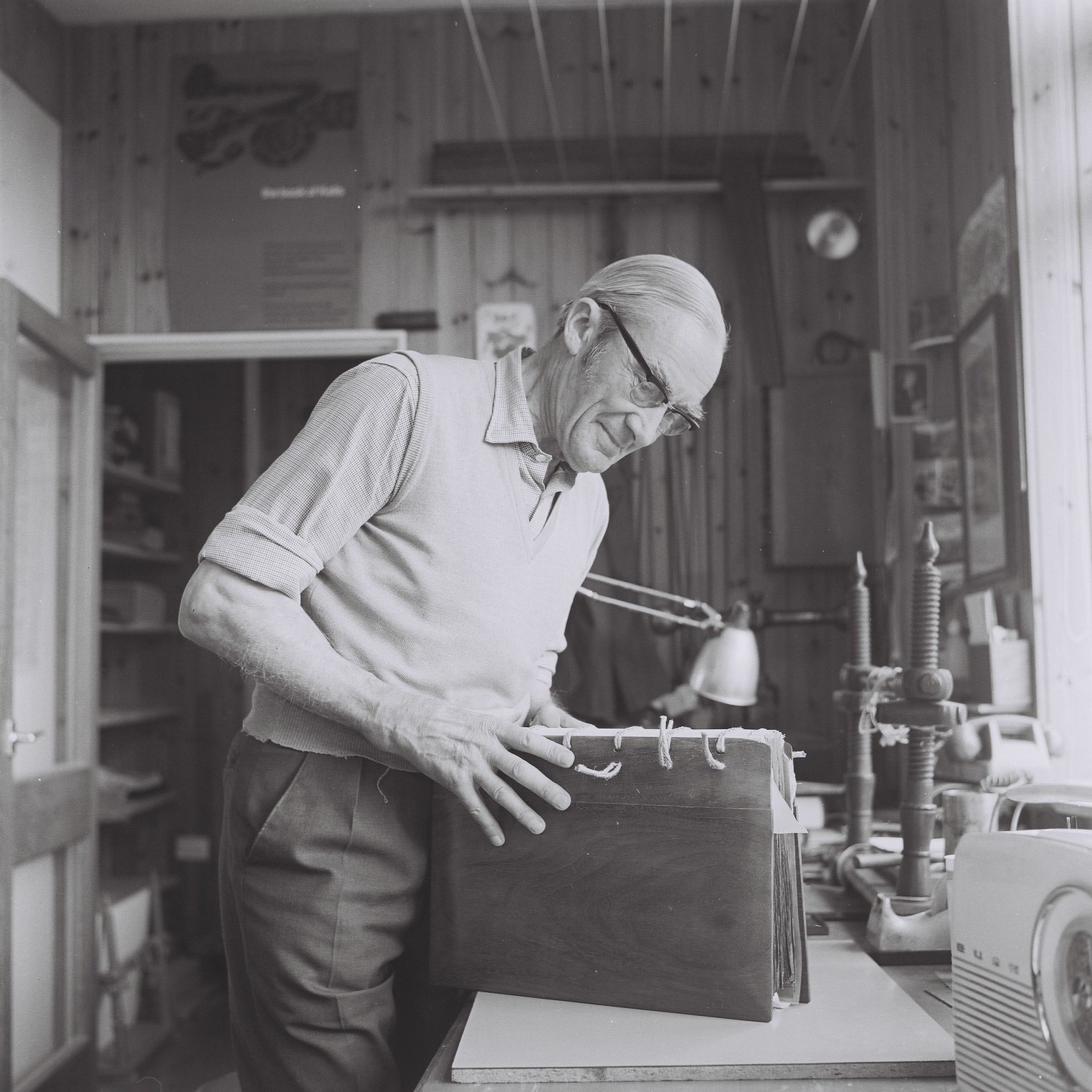 'To exist in this world relies on the hands of others': Roger Powell and modern British bookbinding
'To exist in this world relies on the hands of others': Roger Powell and modern British bookbindingAn exhibition on the legendary bookbinder Roger Powell reveals not only his great skill, but serves to reconnect us with the joy, power and importance of real craftsmanship.
By Hussein Kesvani Published
